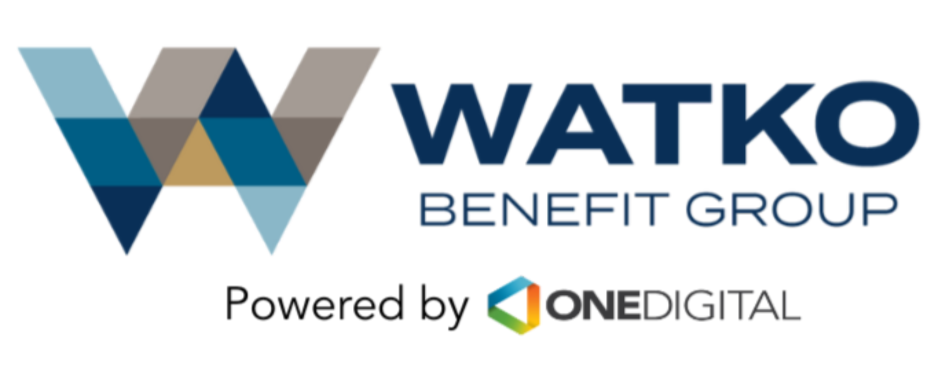November 17, 2021
By Scott Taylor
What’s the point of a new car if it never leaves the garage? Or a gym membership if you never go? What’s the point of employee benefit initiatives that nobody uses?
Nearly 90% of employers offer wellness programs to their employees, but only 14% of employees actually participate in them, according to Wellness Workday. This disconnect can be explained in a single word: engagement. Or, more to the point, a lack thereof.
New digital health programs, telehealth initiatives, and well-being hacks continue to clutter the employee health space, overwhelming busy benefit brokers and advisers who are always looking for meaningful solutions to recommend. But programs that fail to deliver high engagement in the real world aren’t worth the shiny pitch deck they’re printed on. The future of employee health needs to be focused on finding benefits that can truly engage employees at scale, not just sound good on paper.
While choosing programs that prioritize digital engagement is the right shift for employee health, it doesn’t come without challenges. There’s a seemingly endless encyclopedia of programs to choose from, so how can brokers sort through the options they recommend to their employer clients? Three critically important elements we focus on while building an engaging digital wellness program are enrollment, daily engagement, and retention.
Enrollment: 90%-95% of employees fall at the first hurdle
Building a great digital health benefit doesn’t mean much if fewer than 1 out of 10 employees actually use it. That’s why enrollment is so important when rolling out a new program. Simply put, programs that enroll more participants are clearly better than those that enroll fewer participants. You can’t make an impact if nobody takes up the new initiative.
Many digital health solutions struggle to get a 5-10% enrollment rate, while the leading programs tend to see 20-30%. Imagine spending time and money on something that 95% of employees don’t see. Additionally, participants who do enroll are probably not the high-risk, high-cost employees who you need to adopt the solution anyway. After all, those that signed up are the early adopters of a new health initiative and probably already care about their well-being.
If you can find a solution with an enrollment rate above 30%, you can engage enough of the employees who actually need it to justify the solution’s investment; above 40%, and you’ve got something special.
While enrollment is a big key to a successfully engaging platform, it’s only step one. Once you’ve got the attention of employees, it’s time to engage them — daily.
Daily Engagement: Don’t expect social-media-level engagement
Engagement rate is a simple measure for a program to show how often users are interacting with a platform. For example, a 50% engagement rate for social media is considered highly engaged — meaning 50% of the total monthly users are active on a given day.
Frankly, there’s no reason digital health solutions shouldn’t be held to the same high standard. After all, taking your medication on time or completing physical therapy certainly seems slightly more important than an update from your distant followers. However, they often fail to deliver.
If engagement rate is a messy metric that gets confusing, then simply ask the health benefits vendor, “How often on average do users actively interact with the platform each day?” If the answer is multiple times per day, you’ll know that users are engaged and active on the platform. Imagine the benefits of your high-risk employees engaging with their health four to five times a day! This is why daily engagement is extremely important.
Retention: Does anyone actually stick around?
Impactful health changes don’t happen overnight. All good things take time, and a program that seeks to change health outcomes isn’t an exception to that rule. A problem with many digital solutions is there can be adequate enrollment and engagement for a short period of time, but if nobody stays around for the long-term then none of it ends up mattering (this is especially true with lifelong conditions). This is where retention rate becomes an important metric.
Apart from actually influencing health outcomes, most digital programs promise employer savings per enrolled employee. While there’s nothing inherently wrong with this, it comes with the asterisk of retention. You might save thousands per year, per employee, but that’s only if users stick around for the long term. Employees who try a new program for two weeks and quit don’t change their health habits, nor save the company any money (depending on the program, they might actually cost employers). Studies have shown that it takes anywhere from 18 to 254 days to change a habit, which means your program needs to engage employees for the long term.
It’s good to think about health benefits as a marathon and not a sprint. Generally, employees who struggle to manage chronic conditions will cost more than those who can consistently manage their condition. That’s why digital health solutions need to retain program engagement in the long term for there to be real change, especially with those who have complex chronic conditions. Guiding employer clients in this direction will pay off in terms of improved health outcomes, lower cost and customer satisfaction.




